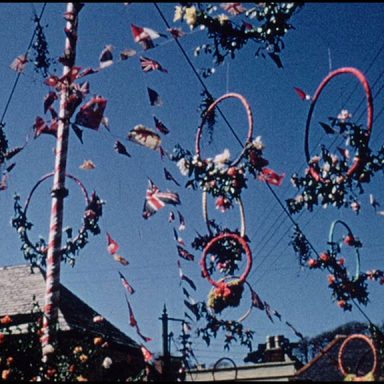Edge Hill Station is a passenger rail station opened in 1836, making it the oldest passenger rail station in the world. It is now also home to METAL, an arts organisation. In January 2018 I began a residency in the station garden to build a local wireless network that broadcast out of the garden.
I presented a paper at EVA 18: Politics of Machines, Art and After in Copenhagen that discusses this project and what can be accomplished by using WLAN’s to make artworks. It can be read here.
I applied for the residency because I am interested in waiting and boredom and how technology has colonised this ‘un-allocated’ time to make it productive. This is visible on station platforms and in bus stops as people stare at their phones. I travel on public transport a lot and am aware of the compulsion to reach for my phone when ‘nothing’ is happening, it’s just so easy. Why it is so easy is an interesting question. The answer probably lies in the fact that many, many people devote their working lives to developing a user experience that is so in line with the rhythms of how we think and act that it can quite easily become a second nature. This can be done because the financial rewards for monetising this space are massive. How it is so easy is also an interesting question. It is easy to get a phone out of your pocket or bag, it is easy to get a data plan, it is easy to open Facebook, it is easy to like and retweet, every link goes somewhere else and so on. This manufactured ease feels infrastructural, a basic organisational structure to facilitate the smooth operation of a enterprise or society. This type or organisation is nothing new, and arguably, the train station is another space in which movement and rhythm is optimised so people can be smoothy transferred via the network to their required destination (although most users of the British public transport system might disagree). Edgehill could be said to be at the very forefront of this historical development and a contender to the location of the birth of the modern period, as it was the site of the very first tests of Stephenson’s Rocket and the transport of people via rail. While most would agree that that ability to move easily across distances is a good thing, it is born out of the requirements of production, the need to move good and services, labour included, and these conditions shape experiences. So I started to see the station as the nexus of different historical modes of infrastructure. Add to this the fact that the station contains it’s own permaculture garden then the location becomes a site in which a range of rhythms converge, the thythms of the garden, the rhythms of trains as they move in and out of the station, the rhythms of people coming and going, rhythms of ‘checking in’ via phones and the almost incomprehensible rhythms of the waves that are broadcast from masts that facilitate these interactions.
So one of the key tasks of the residency was to try to provide passengers waiting for their trains a local alternative to the global internet. I decided to do this by building a mast in the garden that broadcast a single page site that contained a selection of images, video and text that reflected the site as an intersection of lots of different rhythms. This could, of course, just be done via a website that is broadcast over the wider internet and accessed via 4g like any other but the remote browsing experience via portable devices has become so ubiquitous, so easy and everywhere, that a local, limited version might be able to address just this easiness. What is good to recognise is the immense effort that goes into this experience and the agendas that might underlie it. If there is a commercial imperative then could more profit be gained by subtly speeding up these processes, or insinuating themselves into more and more facets of life? Again, this is one of the key historical tenets of capitalism, to get more with less. Halewood is just down the road from Edge Hill Station, the site of a Ford factory that was the subject of an (albeit relatively bias) study of time and motion and the lengths manufacturers will go to maximise profit on the production line in Working for Ford, by Huw Benyon. Can seeing a smaller scale version of infrastructure allow us to consider the global scale more clearly?
The project essentially has three main parts: the mast, the local network and the content that is broadcast on the local network. The mast is an interesting starting point as all broadcast signals must come from somewhere, including the 4g signals that we pick up on our phones. The masts that provide these signals provide a good example of how the form of our interactions with digital technology is guided by a few key principles. Theorist Alexander Galloway calls these principles continuity, an one of them is obfuscation, that the mechanics of technology must always be hidden. I don’t want to be reminded that the things I am immersed in come from somewhere else, that would be a potentially disorientating distraction a reminder that what I am looking at is not real. Networks masts are the same, they are everywhere but try desperately to hide. They are inevitably grey or green, plain, and seem almost embarrased to be there, but once you notice them you see that they are, literally, everywhere. It hasn’t always been this way, vertical structures such as poles, columns and masts have been key gathering points that could often define whole communities.
For info on how the mast was made see here












